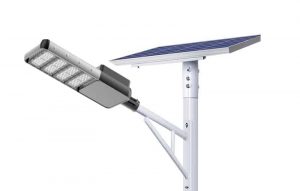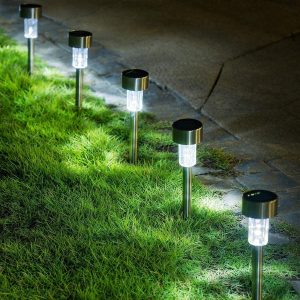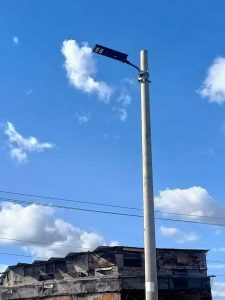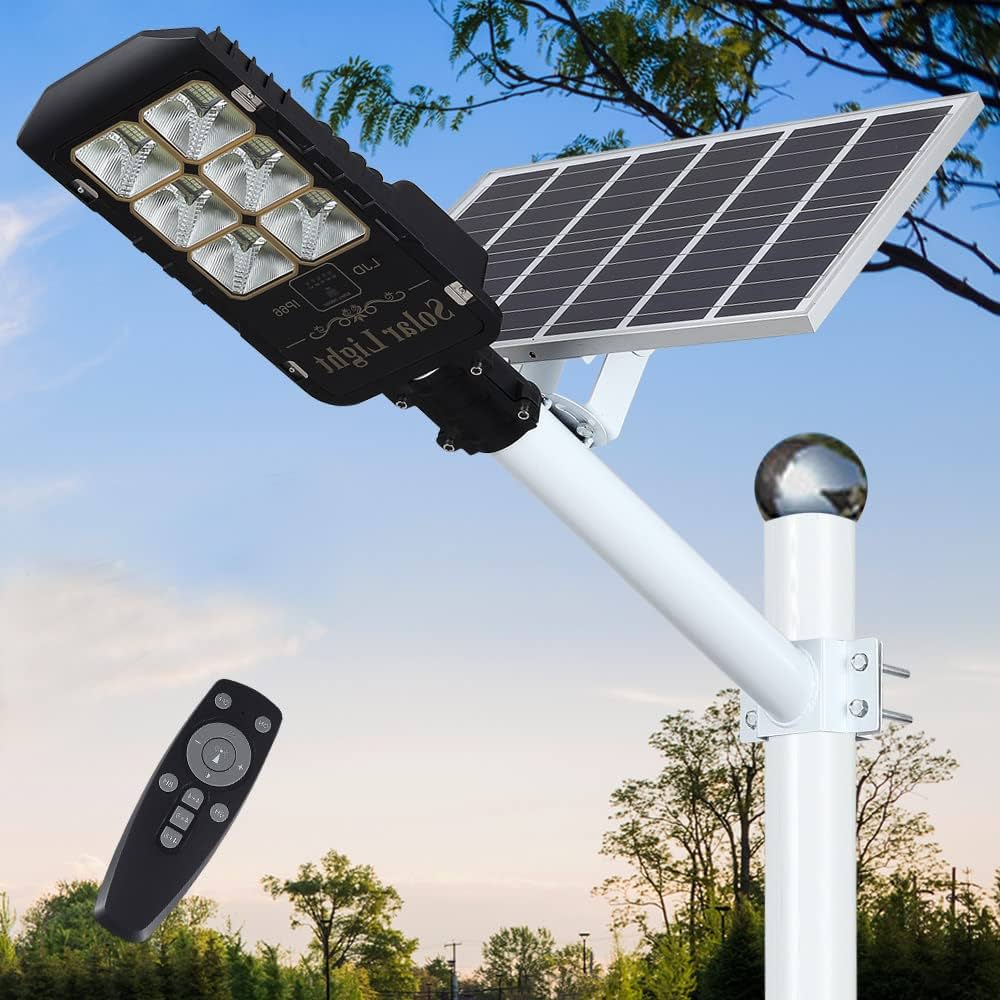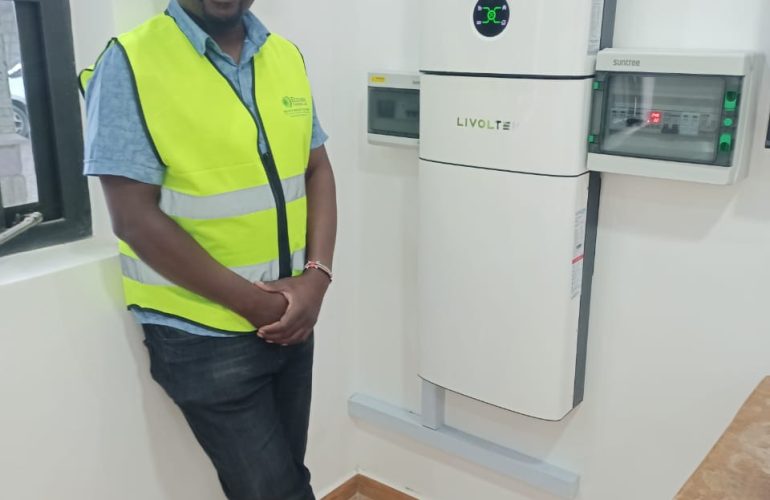What are solar lights?
Solar lights absorb the sun’s energy during the day and store it in a battery
that can generate light once darkness falls. Like solar panels used to generate
electricity, solar lights use photovoltaic technology. They can be used for a
variety of indoor and outdoor purposes, from lighting streets to illuminating
homes and gardens, and are particularly useful in places and circumstances
where it isn’t possible to connect to a central power grid.
Solar lights use photovoltaic (PV) cells, which absorb the sun’s energy and
create an electrical charge that moves through the panel. 1 Wire from the
solar cell connects to the battery, which converts and stores the power as
chemical energy until it’s needed.
The battery later uses that energy to power an LED (light-emitting diode)
bulb. The diode is a semiconductor that allows electrons to pass between its
two points, creating electromagnetic energy in the form of light during hours
of darkness.
Types of Solar Lights
- Street and Parking Lights
- Garden lights
- Floodlights
- Street and Parking Lights
